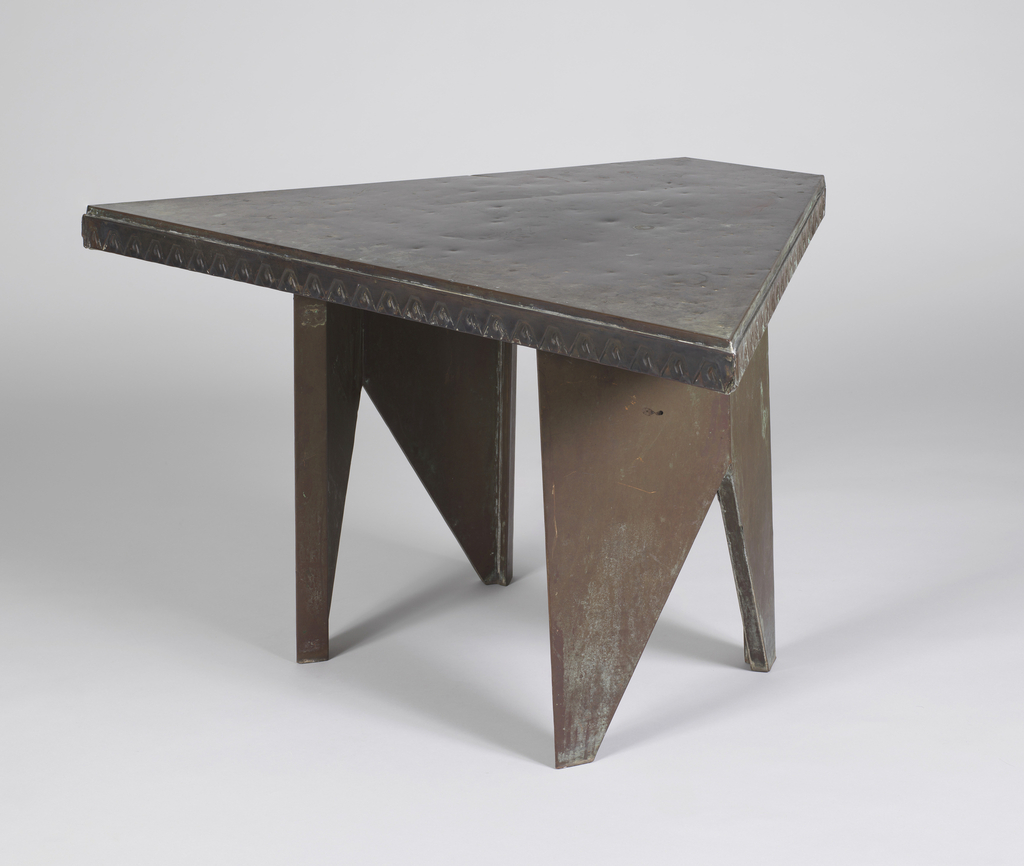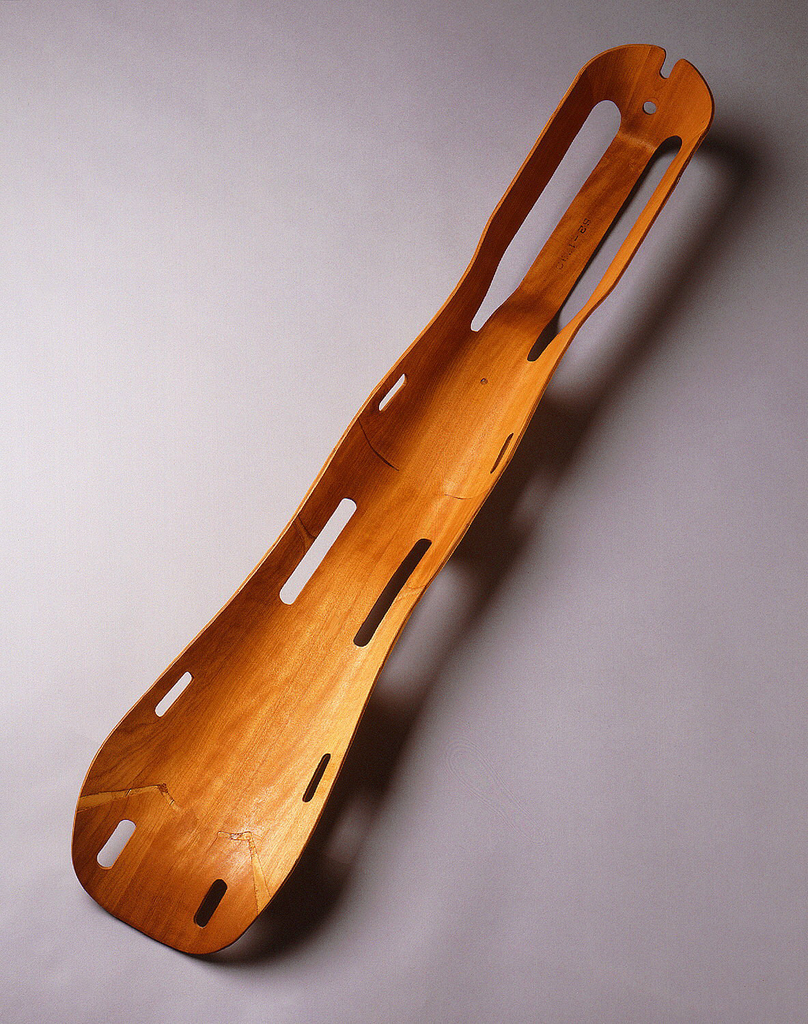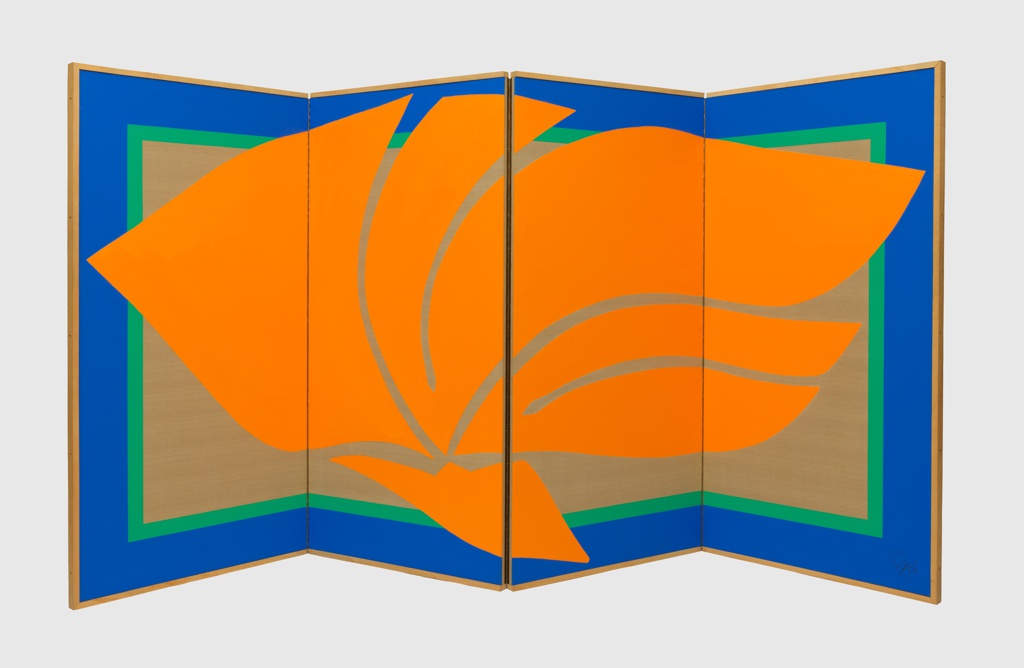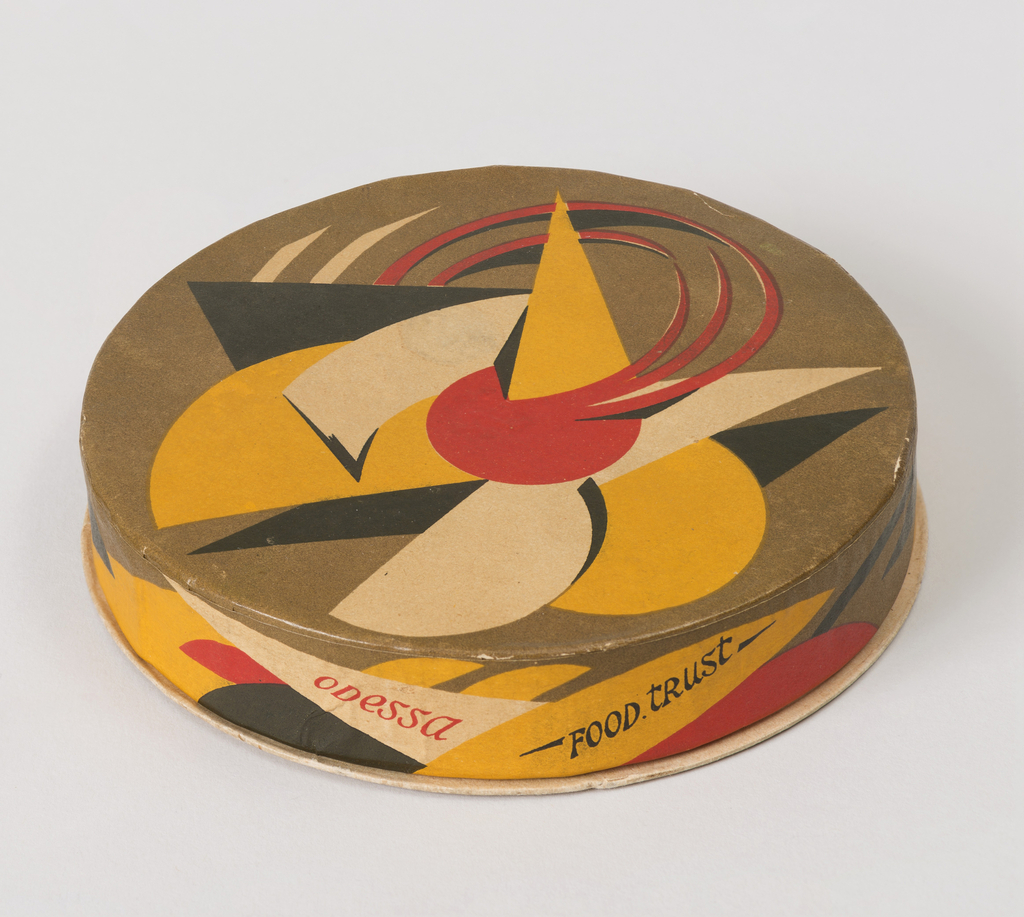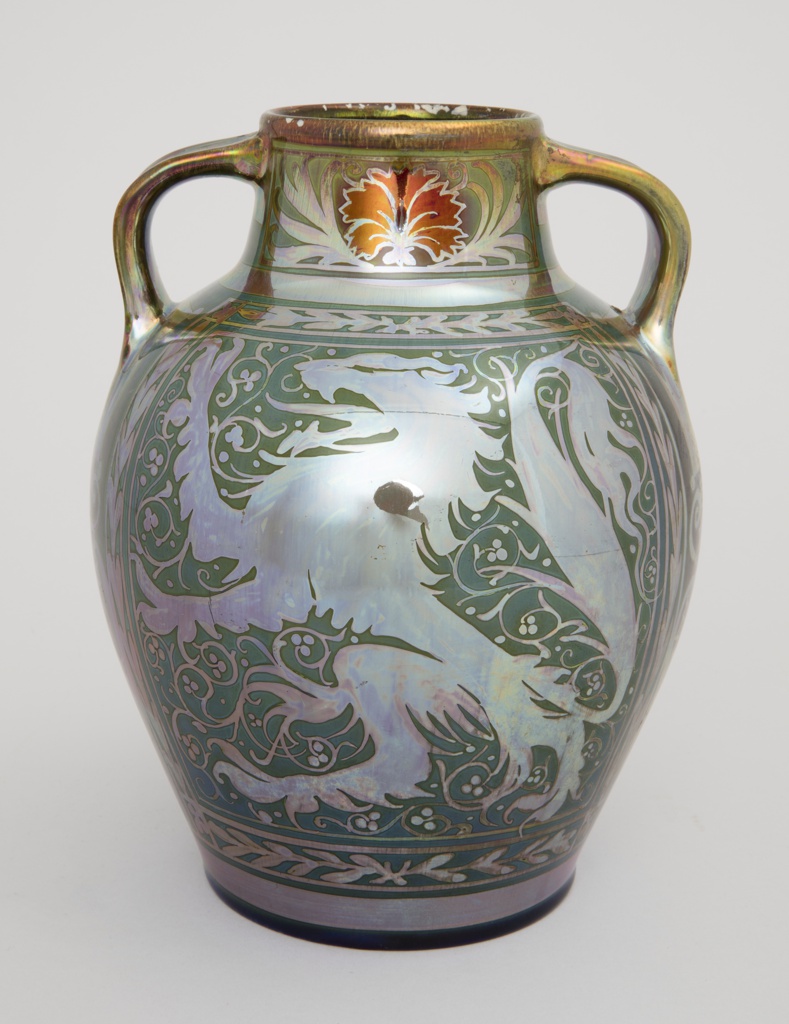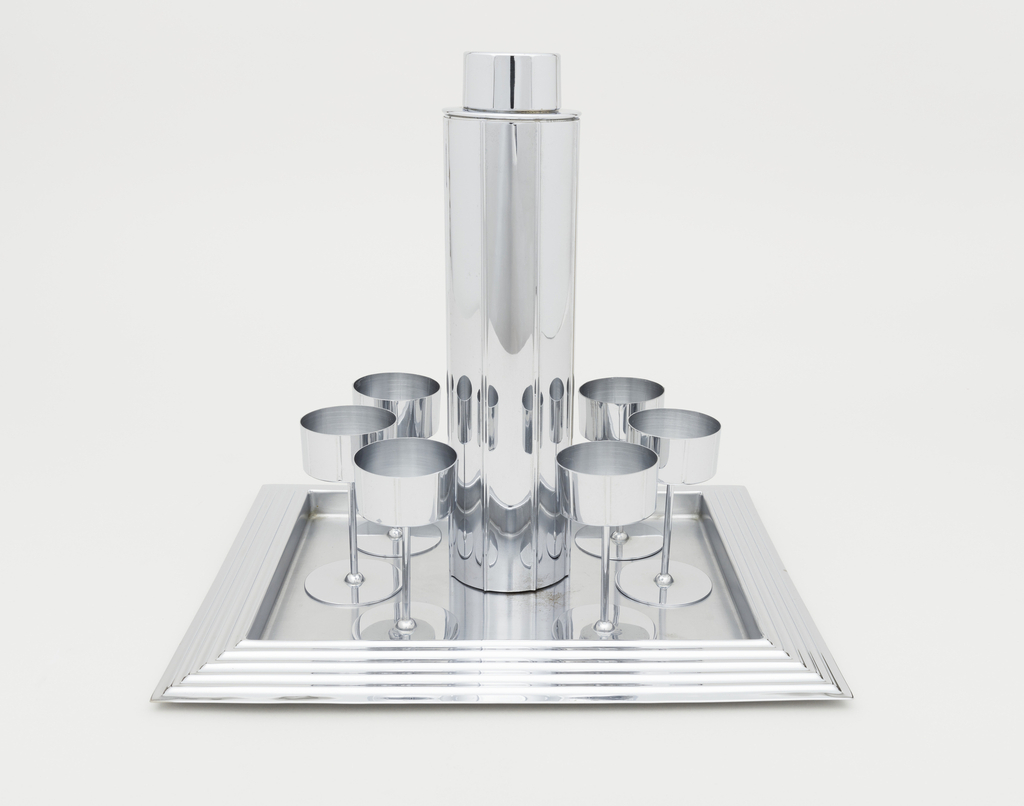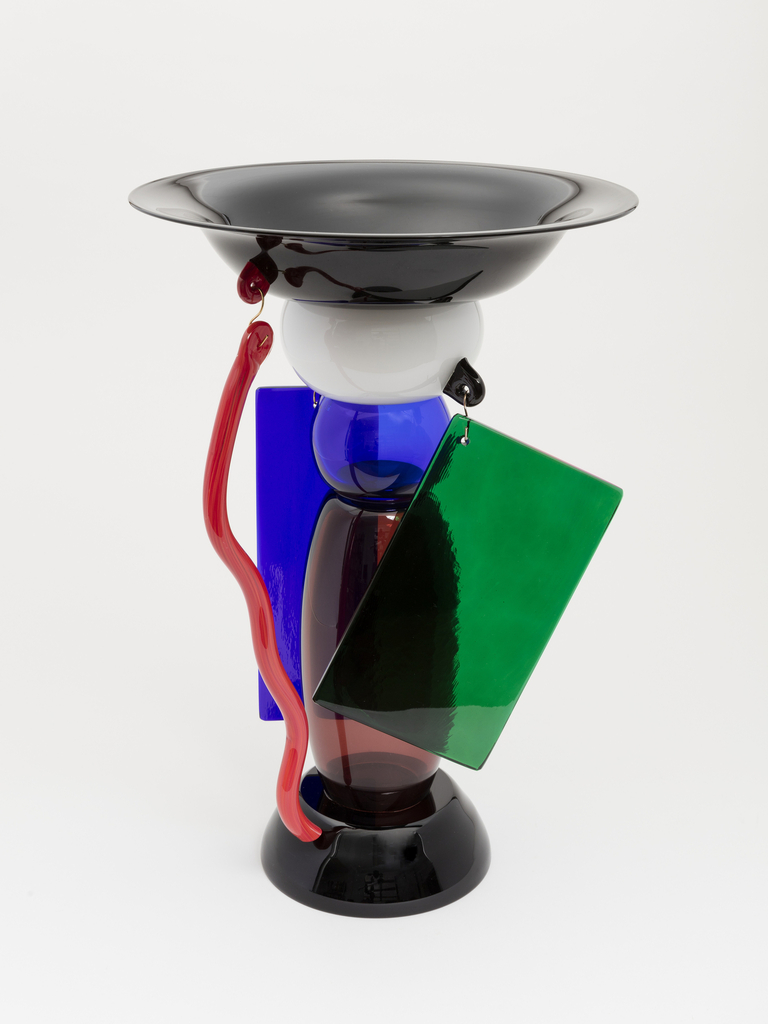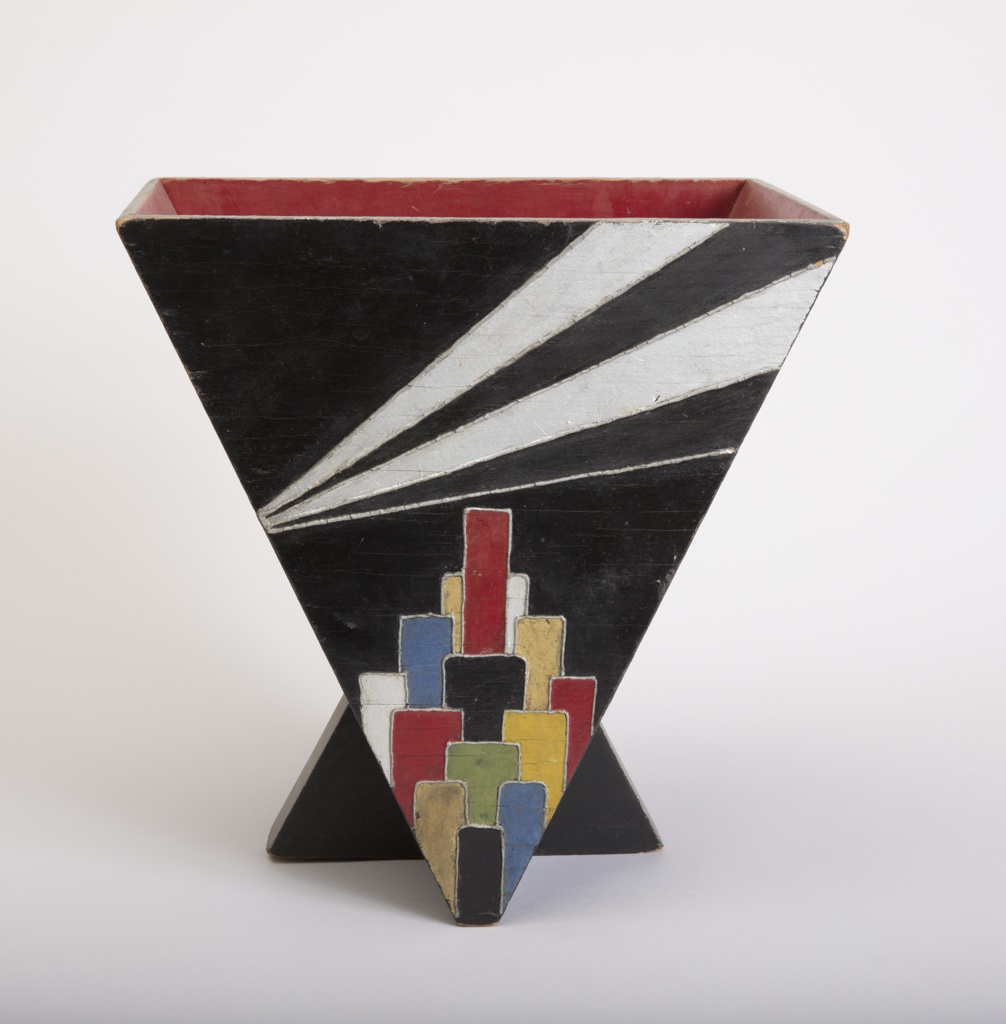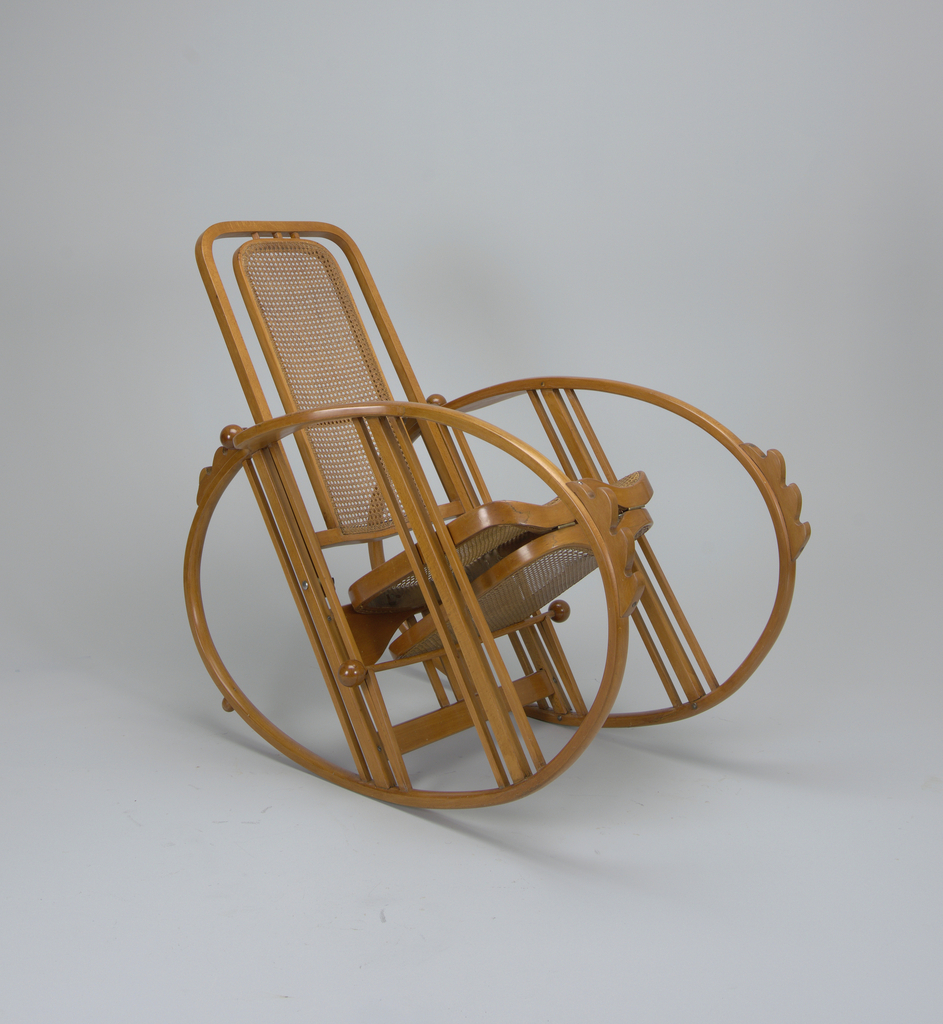Clad in copper, this odd, angular table was designed by the American architect, Frank Lloyd Wright. It was part of a suite of furniture and built-in features Wright created in 1956 for Price Tower, a skyscraper the architect built in the small town of Bartlesville, Oklahoma.[1] The building was commissioned by Harold C. Price to...
In honor of Memorial Day, as we remember those who lost their lives in service, we wanted to highlight a story of design about aiding those who served. In 1942, Dr. Wendell Scott, a surgeon in the United States Navy based in San Diego, traveled to Los Angeles to visit an old friend, Charles, and...
Flowing forms of bright orange spread upwards, flickering across the four panels of this folding screen. The work, Fire-Orange, is one of a series of folding screens the American artist Jack Youngerman made beginning in 1978. Fire-Orange exemplifies how Youngerman, who passed away on February 19th at the age of 93, thoughtfully and creatively explored the nature and boundaries...
Throughout March, Object of the Week celebrates Women’s History Month. Each Monday a new post will highlight women designers in the collection. In the tumultuous years following the 1917 Russian Revolution, a vibrant flourishing of avant-garde art emerged. Artists and designers embraced the most utopian hopes of the revolutionary spirit. They searched for new aesthetic...
At moments of dramatic social and cultural change a reflection on the past, or, better put, a past reimagined and romanticized, often offers a path of cathartic escape. Such was the case as Great Britain was transforming rapidly under the effects of modernization during the nineteenth century. The expansion of global communications and transportation, acceleration...
Millions of Americans wanted a drink when Prohibition was repealed at the end of 1933. Perhaps it might be better to say a legal drink? Alcohol consumption for the thirteen years after the passage of the Eighteenth Amendment had by no means stopped. In basements of brownstones and behind backroom doors, a generation of Americans...
The bubble-like contours and dangling pieces of glass of this bowl are cartoonish and playful. The Efira Bowl was designed by Ettore Sottsass in 1986 for the important collective, Memphis, which he had founded five years earlier.[1] The bowl is a wonderful example of the objects produced by Memphis, which have been held up as...
Tucked underneath a desk or in a corner of a room a wastebasket sits waiting to collect trash. While an often overlooked item of everyday life, it received the full attention of Donald Deskey. The designer, who established his career in New York in the 1920s, dedicated himself to reimagining the look of the American...
Adjustable and rockable, this reclining chair exemplifies the fusion of form and function. The chair was designed by the Udinese-based firm, Società Anonima Antonio Volpe, around 1905. The firm specialized in the production of bentwood furniture for the Italian market. This type of furniture had been made popular by the Viennese firm Gebrüder Thonet, which...
